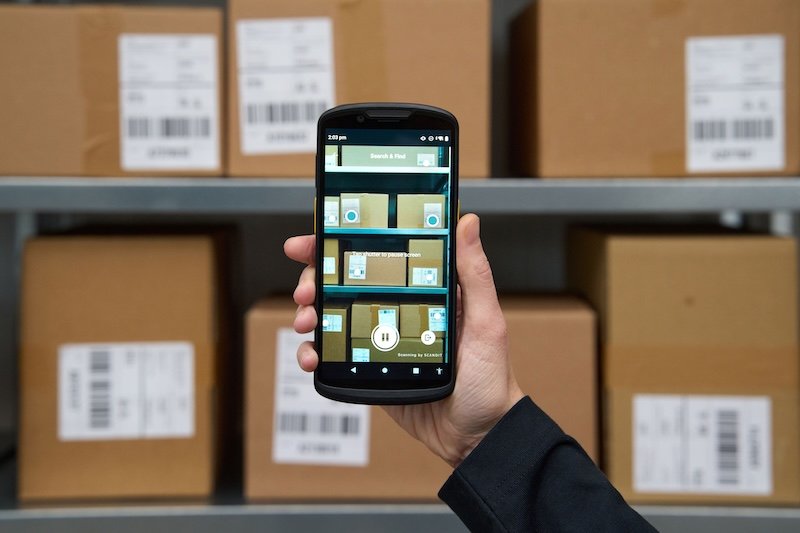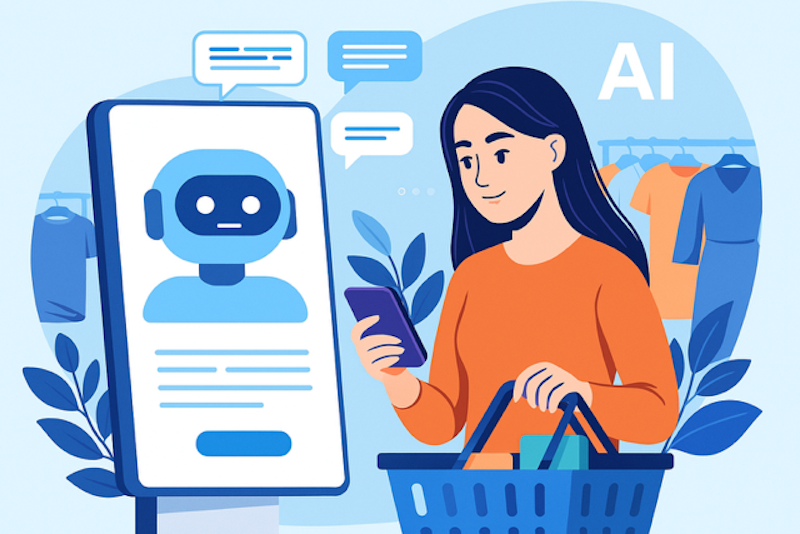Amazon: A Prime example of delivering digital experience excellence
By Dr. John Bates, CEO, Eggplant
The concept of Christmas in July is not new for retailers and manufacturers. The idea is simple: showcase products likely to sell like hot cakes in December so that orders can be placed and the shelves fully stocked in time.
However, it’s a concept that has taken a dramatic twist in recent years with the advent of Prime Day, which is essentially an own-brand summer sales frenzy that offers shoppers the world over to bag a bargain. And this week, we’re likely to see a repeat of last year’s activity, which was the “biggest in history” according to Amazon. Prime members purchased more than 100 million products during the event and there were more sign-ups for the Prime service than any previous day in the company’s history.
Though for all the PR and promotion, one of the things Amazon has been criticised for historically is the quality of products it is discounting. An example last year included a Dorito Dash button - a dedicated button on your desk to smash impatiently when you need another bag of Doritos.
However, despite the odd faux pas, it excels in delivering an outstanding digital shopping experience irrespective of the quality or number of products being sold. But how does the world’s largest online retailer prepare for the biggest shopping day of the summer?
Prepare, prepare, prepare
Never has the old adage been truer - ‘fail to prepare, prepare to fail’. In fact, Amazon fell foul of this last year when its site crashed shortly after the 2018 prime event begun. Some frustrated customers, unable to access or complete purchases on the website, threatened to cancel their Prime subscriptions, which were required to shop with the sales. While the site was only down for a short time, to put into context how critical testing is to mitigate digital risk, the downtime is estimated to have cost Amazon $72 million to $99 million in lost sales.
The size of getting the digital experience right is clear. For a company like Amazon, this is difficult as traditionally businesses would prioritise most popular customer journeys, but because it sells such a huge volume of goods, this is tricky. Couple that with the fact every single product and page needs to be stress tested to ensure it performs under load and across every variation of browser, platform, device and product like Windows, Mac, Linux, Android, Safari and Chrome, and the scale of the job becomes apparent.
Test in production
The critical challenge is finding issues and solving them before the curtain comes up on the event. This means testing in production. There’s an element of counter intuitivity here because it is only when the customers start hitting the site that real, rather than predicted or modeled problems occur. This is because customers don't always follow the happy path, especially when that path is being dictated by discount prices for things that may otherwise never have bought - Doritos Dash button anybody?
So Amazon, and other businesses for that matter, need to stay several steps ahead of their customers, finding problems before they occur. This is done using a combination of synthetic customers in a testing environment – doing things like normal customers, but digitally and before actual people do - like a canary in a coal mine.
This ensures the proper exploration of customer journeys to see if they are behaving as expected. Secondly, being able to scale these human-like AI bots up to test at the scale of a real Prime Day — with millions of concurrent potential users. Amazon works to combine the two and correlate patterns to react and build accordingly.
Prioritise intelligently
Of course, not every company can be at the cutting edge of digital service delivery like Amazon, or have the time, budgets or indeed the extreme requirements of this nature. But the techniques employed are now becoming available to everyone through next generation AI-powered customer experience automation technologies. The approach to deliver an exceptional digital experience starts with running the most popular customer journey, on the most popular product and working backwards from there.
This approach can then inform a ‘next best action’ based on the previous testing. It’s a bit like Amazon’s algorithm that customises the browsing experience for returning customers (“people who buy X are likely to like Y”): testing is done in a logical, customised manner that mirrors the consumer journey, in a way that is completely linked to business goals.
By learning about how users really behave, it is possible to focus on the highest priority journeys through a site or app. Regardless of how much time is available, customer experience testing can prioritise the most popular journeys. And it’s possible to run multiple of these in parallel — to explore site usage at scale.
After the checkout
And that is a process that is repeated. Again, and again, and again. Learning about the patterns in the data, understanding the most popular user journeys and figuring out ways to improve the digital experience. This is important because we’re now in an era where consumption doesn't stop. Somebody, somewhere is buying 24/7.
However, this also means there is so much data that testing teams are looking for minute correlations in customer movements and decision making to determine how this may affect business performance. This type of sophisticated data analysis combined with ongoing testing throughout the year is what it takes to make Amazon’s ‘epic 48 hour’ Prime Day a rival set to challenge Black Friday, and an impressive example of digital experience excellence.










Continue reading…